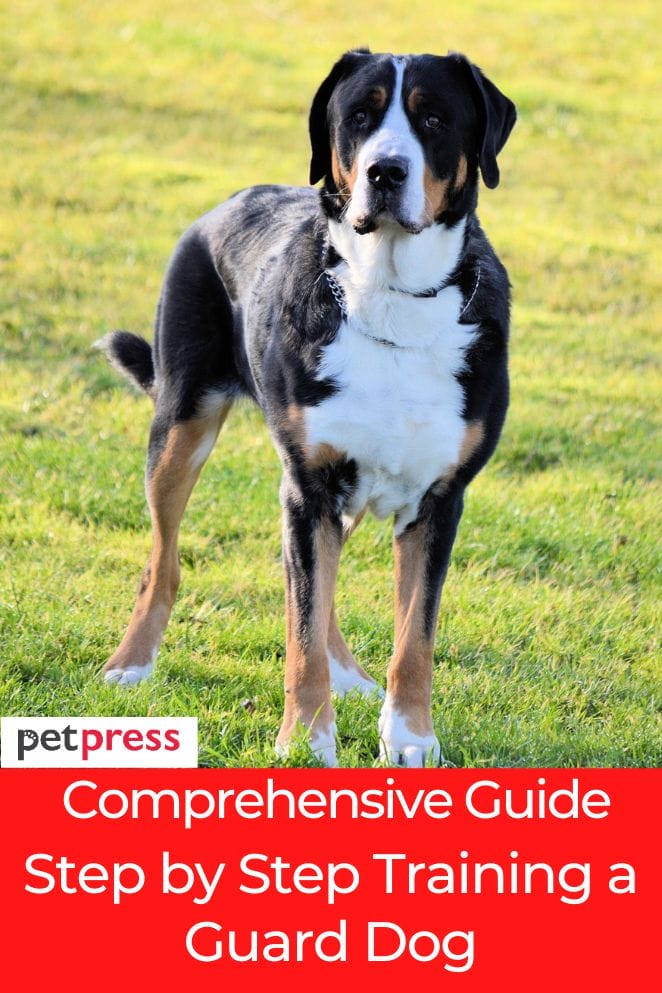
Welcome to our blog, where we explore the astounding realm of guard dogs.
These devoted, intelligent, and protective creatures are not simply ordinary pets; they act as trained guardians and trusted companions.
In this blog post, we will dive into the various classifications of guard dogs, underlining the significance of proper training and featuring the key steps involved.
Furthermore, we’ll give you significant tips to work with a consistent training process.
Different types of guard dogs
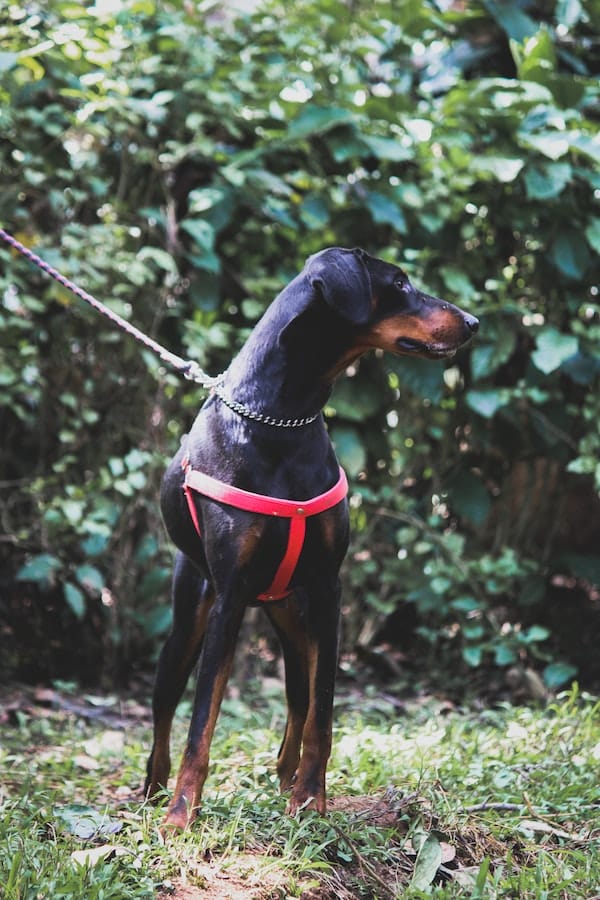
Guard dogs play a basic role in guaranteeing security and protection in various settings.
These exceptional canines are available in a range of breeds, each having distinct characteristics and qualities that add to their effectiveness as guard dogs.
German Shepherd
Recognized for their relentless dependability, intelligence, and adaptability, German Shepherds are often the top decision for security and law enforcement agencies around the world.
With their strong protective instincts, sharp senses, and perfect obedience, they succeed in tasks like patrolling, scent tracking, and apprehension.
Rottweiler
Hearty and strong, Rottweilers have an innate protective nature that, when properly trained and socialized, makes them highly effective as guardians.
Their impressive presence and resolute loyalty to their families make them a superb choice for property protection.
Boxers
Boxers are one more variety known for their outstanding protecting abilities.
Despite their friendly and playful attitude, Boxers are quick to appropriately recognize possible dangers and act accordingly.
With their high energy levels, agility, and strong protective instincts, they make considerable guard dogs.
Doberman Pinscher
Doberman Pinschers also ranks among the top choices for guard dog duties. Known for their sharpness, fearlessness, and remarkable intelligence.
Dobermans are profoundly trainable and have a powerful desire to protect their friends and family.
Their smooth and muscular build, combined with their natural nature to guard, makes them a monumental presence in any security role.
It’s critical to take note that while these breeds have intrinsic characteristics that make them appropriate for guarding responsibilities, proper training, socialization, and progressing care are urgent for their success.
Why Training a Guard Dog is Important
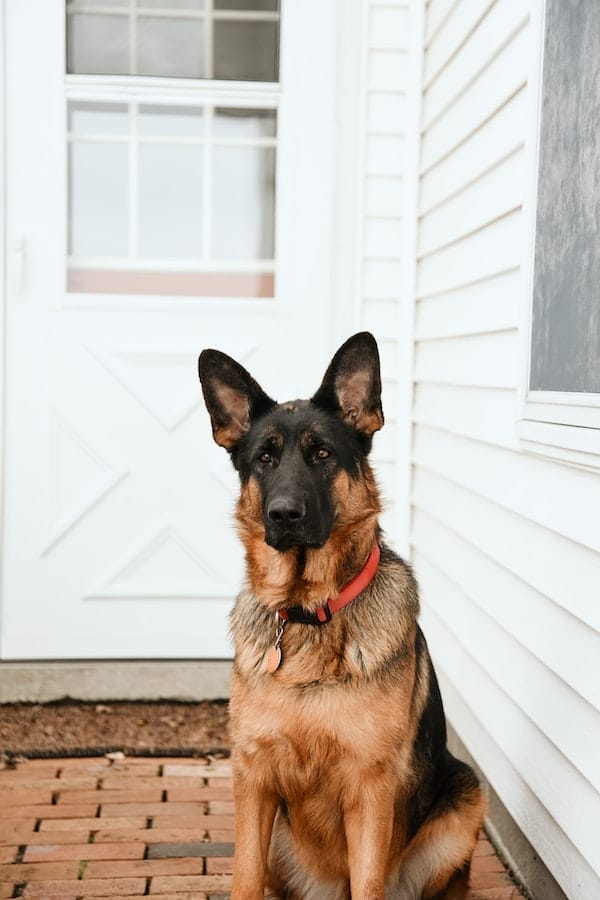
Training a guard dog is crucial for several reasons. These include:
Dogs understand their role and responsibilities
At the point when guard dogs are appropriately trained, they figure out how to recognize and understand their roles as protectors and guardians.
Through positive reinforcement strategies like reward-based training, the dog can be taught to recognize dangers and threats circumstances quickly and respond accordingly.
With these commands firmly set up, the dog will fulfill its natural instinct to guard without seriously jeopardizing itself or others.
Preventing unnecessary aggressive behavior
Proper training can also help prevent unnecessary aggressive behavior in guard dogs.
Without the appropriate guidance, the dog might turn out to be excessively protective or even hostile in certain circumstances.
Through positive reinforcement, the dog will learn how to recognize acceptable and unacceptable behaviors, allowing it to certainly protect its family without turning to hostility when confronted with potential threats.
Fostering strong bonds
Training a guard dog also helps with serious areas of strength for encouraging the owner and their pet.
By going through the process together, both owners and their dogs will understand each other’s expectations better, allowing for smoother communication further down the line.
Basic steps involved in training a guard dog
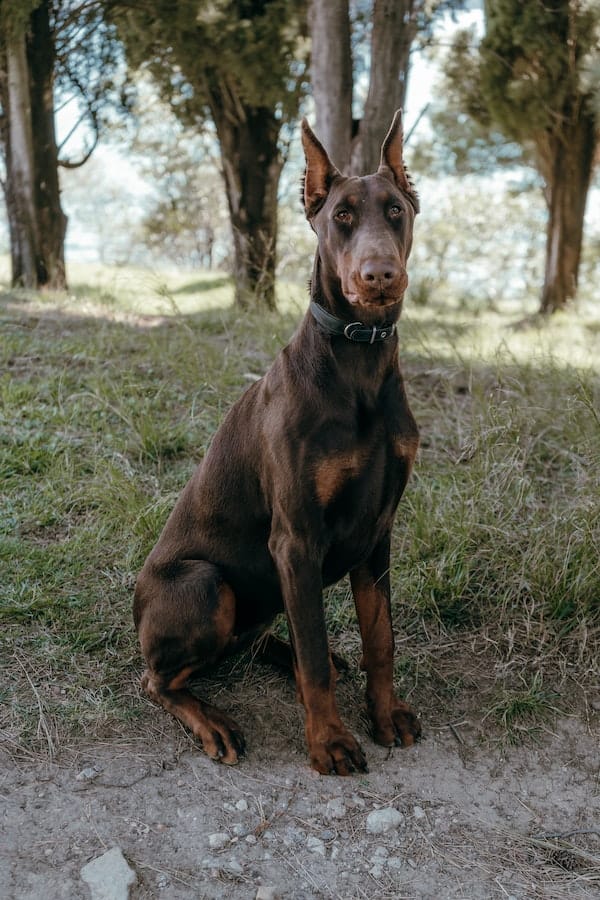
Training a guard dog involves four main steps: Socialization, Obedience training, Detection training, and Protection training.
Socialization
Socialization is the most important phase in training a guard dog.
It includes presenting the dog to various environments, people, and other animals to help them with becoming comfortable in different circumstances.
This step is urgent in preventing dread-based hostility and advancing a balanced, certain guard dog.
Obedience training
Obedience training is the foundation of all dog training. It includes showing the canine basic commands like ‘sit’, ‘stay’, ‘come’, and ‘leave it’.
This training is fundamental as it ensures the dog can adhere to directions in high-stress situations.
Detection training
Detection training includes training the dog to distinguish and make its owner aware of specific threats. This could be an intruder in the house or a suspicious package.
The dog is trained to use its sharp sense of smell and hearing to detect these threats.
Protection training
Protection training is the last step. Here, the dog is trained to safeguard its owner or property in case of a threat.
This could include barking to frighten away an intruder or physically intervening if necessary.
Tips on how to train a guard dog
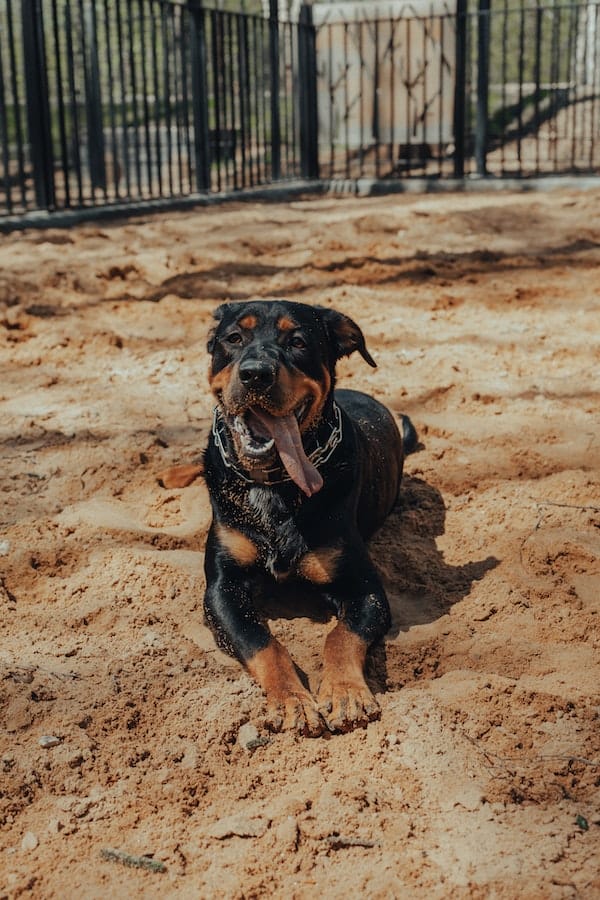
Training a guard dog requires patience, consistency, and dedication. Here are some tips that can help facilitate the process:
Be consistent with your training
Consistency is key while training a guard dog.
When the basic commands have been established, it’s important to continue to build up these over time and try not to introduce new commands too quickly.
Doing so will help with guaranteeing the dog understands what is generally anticipated of them and can respond effectively in high-stress circumstances.
Provide positive reinforcement
Positive reinforcement is one of the best ways of training a guard dog.
Through rewards like treats or verbal praise, the dog can be encouraged to keep displaying desired behaviors and responding positively to commands.
This will also assist with bonding and building trust between owner and pet.
Be patient
Training a guard dog also requires patience.
It very well may be easy to get frustrated or overwhelmed while teaching commands, however, it is critical to stay cool and reliable.
Taking breaks as needed and rewarding successes will help with keeping the process manageable for both owners and their pets.
Seek professional help if needed
On the off chance that you’re experiencing difficulty training your guard dog, feel free to seek help from a professional.
Dog trainers and behaviorists can give significant guidance and resources to make the process simpler and more effective.
With their assistance, you’ll have the option to better prepare your guard dog for any circumstance they may encounter.
Conclusion
Training a guard dog is an enriching experience that extends the connection between you and your pet. It requires persistence, consistency, and a genuine love for your furry companion.
By moving toward the preparation process with positivity, flexibility, and a focus on their well-being, you can sustain a talented and dependable guard dog that won’t just protect yet in but also bring joy and friendship to your life.
Enjoy the journey and value the moments of growth and connection with your loyal and devoted guard dog.


GIPHY App Key not set. Please check settings